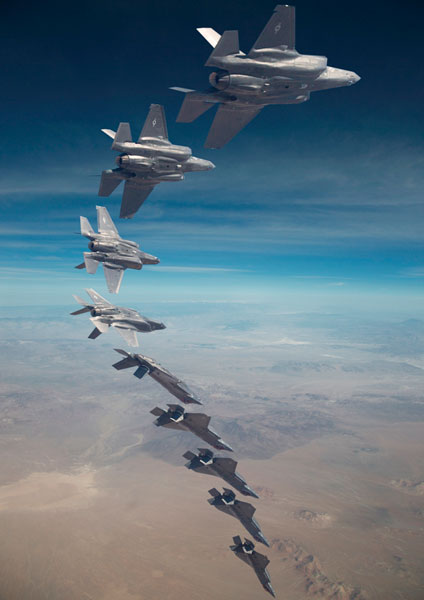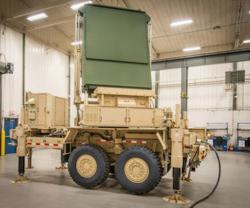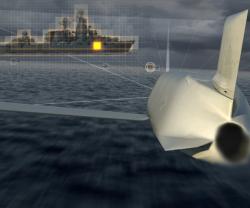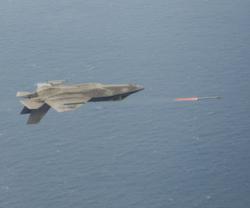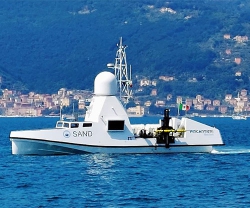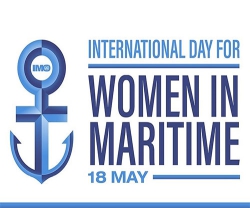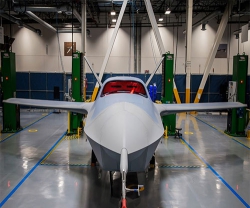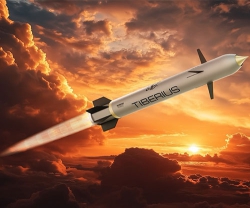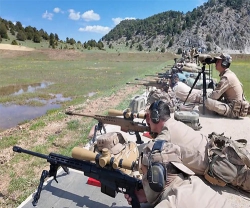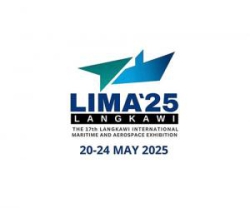The Lockheed Martin F-35 Lightning II aircraft fleet, which surpassed 16,000 cumulative program flight hours to date in April, flew a monthly record high for System Development and Demonstration (SDD) with 282 flight hours and 153 flights in April.
“The SDD fleet achieving more than 150 flights in one month speaks to the quality of this aircraft and the commitment of this team,” said J.D. McFarlan, Lockheed Martin's Vice President for F-35 Test & Verification.
“We’re nearly complete with Block 2B software flight science testing on the F-35As, and we’ll move forward with Block 3 software testing this summer. The SDD program is scheduled to complete Block 2B testing for the F-35B this year in support of the U.S. Marine Corps’ Initial Operational Capability (IOC) in 2015 with its F-35B fleet,” he added.
In April, operational F-35s fleet-wide flew 812 hours, with SDD F-35 aircraft flying 282 flight hours in one month. In 2014, through April, F-35A test aircraft flew 420 hours; F-35B test aircraft flew 281 hours; and F-35C test aircraft flew 222 hours. Operational F-35s of all three variants flew 2,790 hours for the year.
Operational F-35s at Eglin Air Force Base, Fla., flew 515 flight hours in April, and operational F-35 at Marine Corps Air Station Yuma, Ariz., flew 172 hours. Eglin’s 33rd Fighter Wing is home to 48 F-35A/B/Cs and provides training for U.S. military and program partner nation pilots and maintenance personnel. Yuma is home to the Marine Corps’ first operational F-35B Short Takeoff/Vertical Landing aircraft.
Among the record SDD flights, the F-35B version completed its 700th vertical takeoff and landing sortie, and it began crosswind landings and expeditionary operations.
The F-35 Lightning II, a 5th generation fighter, combines advanced low observable stealth technology with fighter speed and agility, fully fused sensor information, network-enabled operations and advanced sustainment.
Three distinct variants of the F-35 will replace the A-10 and F-16 for the U.S. Air Force, the F/A-18 for the U.S. Navy, the F/A-18 and AV-8B Harrier for the U.S. Marine Corps, and a variety of fighters for at least 10 other countries. Following the U.S. Marine Corps’ 2015 IOC, the U.S. Air Force and Navy intend to declare IOC in 2016 and 2018, respectively.

